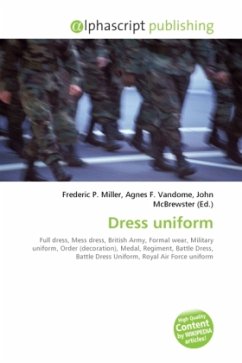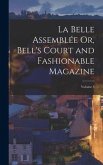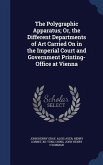On formal royal occasions in monarchies the dress worn by those present has in the past been prescribed by official regulations. Court dress (as distinguished from court uniform mentioned in the section below) is worn by all men not entitled to court uniform or military uniform on all occasions of state where such are customarily worn. Court occasions include courts, state balls, and evening state parties, and levées. Courts are for the presentation of women, levées for men. Peers' robes were worn over normal dress, which gradually became stylised as the court suit. It was only from the late eighteenth century that court dress became fossilised. By the early to mid eighteenth century velvet was largely confined to court dress. Court dress was obligatory in Westminster Abbey for all not wearing official or lordly apparel. During the seventeenth century, gentlemen's court dress was largely determined by two related influences, the retention of out-dated styles, producing a distinctive form of dress, and an interest in military uniform.
Bitte wählen Sie Ihr Anliegen aus.
Rechnungen
Retourenschein anfordern
Bestellstatus
Storno








